N-CARBAMYL-L-GLUTAMIC ACID
Synonym(s):N-Carbamyl-L -glutamic acid
- CAS NO.:1188-38-1
- Empirical Formula: C6H10N2O5
- Molecular Weight: 190.15
- MDL number: MFCD00047874
- EINECS: 601-569-3
- SAFETY DATA SHEET (SDS)
- Update Date: 2024-11-21 17:11:28
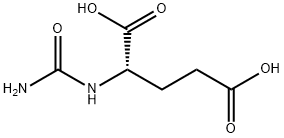
What is N-CARBAMYL-L-GLUTAMIC ACID?
Absorption
30% bioavailability; Cmax, mean, 100 mg/kg dose = 2.6 μg/mL (range of 1.9 - 4.8) Carglumic acid is not subject to to intracellular degradation.
Toxicity
LD50, oral, mouse: >1000 mg/kg
The Uses of N-CARBAMYL-L-GLUTAMIC ACID
N-Carbamyl-L-glutamic Acid has been shown to have protective effects against ammonia intoxication and is used in the treatment of acute hyperammonemia.
The Uses of N-CARBAMYL-L-GLUTAMIC ACID
carbamylphosphate synthetase activator
Background
Carglumic acid is a drug used for the treatment of hyperammonemia in patients with a deficiency in N-acetyl glutamate synthase. This rare genetic disorder results in elevated blood levels of ammonia, which can eventually cross the blood–brain barrier and cause neurologic problems, cerebral edema, coma, and death. Carglumic acid was approved by the U.S. Food and Drug Administration (FDA) on 18 March 2010.
Indications
For the treatment of acute and chronic hyperammonaemia in patients with N-acetylglutamate synthase (NAGS) deficiency. This enzyme is an important component of the urea cycle to prevent build up of neurotoxic ammonium in the blood.
What are the applications of Application
N-Carbamyl-L-glutamic Acid is a CAD complex protein activator
Definition
ChEBI: A urea that is the N-carbamoyl derivative of L-glutamic acid. An orphan drug used to treat a deficiency in the enzyme N-acetylglutamate synthase, which leads to acute hyperammonaemia.
Pharmacokinetics
The median Tmax of Carbaglu was 3 hours (range: 2-4). The daily dose of carglumic acid ranges from 100 to 250 mg/kg and this does are normally adjusted to maintain normal plasma levels of ammonia.
Metabolism
A proportion of carglumic acid may be metabolized by the intestinal bacterial flora. The likely end product of carglumic acid metabolism is carbon dioxide, eliminated through the lungs.
Properties of N-CARBAMYL-L-GLUTAMIC ACID
| Melting point: | 174° |
| Boiling point: | 438.1±45.0 °C(Predicted) |
| Density | 1.499±0.06 g/cm3(Predicted) |
| storage temp. | Keep in dark place,Inert atmosphere,2-8°C |
| solubility | DMSO (Slightly), Methanol (Slightly, Sonicated) |
| form | Solid |
| pka | 3.71±0.10(Predicted) |
| color | White to Off-White |
Safety information for N-CARBAMYL-L-GLUTAMIC ACID
| Signal word | Warning |
| Pictogram(s) |
 Exclamation Mark Irritant GHS07 |
| GHS Hazard Statements |
H302:Acute toxicity,oral H315:Skin corrosion/irritation H319:Serious eye damage/eye irritation H335:Specific target organ toxicity, single exposure;Respiratory tract irritation |
| Precautionary Statement Codes |
P261:Avoid breathing dust/fume/gas/mist/vapours/spray. P305+P351+P338:IF IN EYES: Rinse cautiously with water for several minutes. Remove contact lenses, if present and easy to do. Continuerinsing. |
Computed Descriptors for N-CARBAMYL-L-GLUTAMIC ACID
N-CARBAMYL-L-GLUTAMIC ACID manufacturer
Apothecon Pharmaceuticals Pvt Ltd
New Products
(S)-3-Aminobutanenitrile hydrochloride 4-Methylphenylacetic acid N-Boc-D-alaninol N-BOC-D/L-ALANINOL Tert-butyl bis(2-chloroethyl)carbamate 3-Morpholino-1-(4-nitrophenyl)-5,6-dihydropyridin- 2(1H)-one Furan-2,5-Dicarboxylic Acid Tropic acid 1-Bromo-3,5-Di-Tert-Butylbenzene S-2-CHLORO PROPIONIC ACID ETHYL ISOCYANOACETATE 2-Bromo-1,3-Bis(Dimethylamino)Trimethinium Hexafluorophosphate 4-IODO BENZOIC ACID 3-NITRO-2-METHYL ANILINE 1-(2,4-DICHLOROPHENYL) ETHANAMINE (2-Hydroxyphenyl)acetonitrile 4-Bromopyrazole 2-(Cyanocyclohexyl)acetic acid 4-methoxy-3,5-dinitropyridine 1-(4-(aminomethyl)benzyl)urea hydrochloride 2-aminopropyl benzoate hydrochloride diethyl 2-(2-((tertbutoxycarbonyl)amino) ethyl)malonate tert-butyl 4- (ureidomethyl)benzylcarbamate Ethyl-2-chloro((4-methoxyphenyl)hydrazono)acetateRelated products of tetrahydrofuran
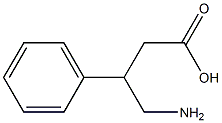

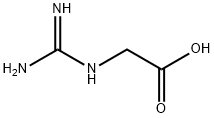


![N-[[[(1S)-1-CARBOXY-3-METHYLBUTYL]AMINO]CARBONYL]-L-GLUTAMIC ACID](https://img.chemicalbook.in/CAS/GIF/723331-20-2.gif)
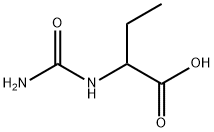
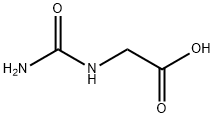
You may like
-
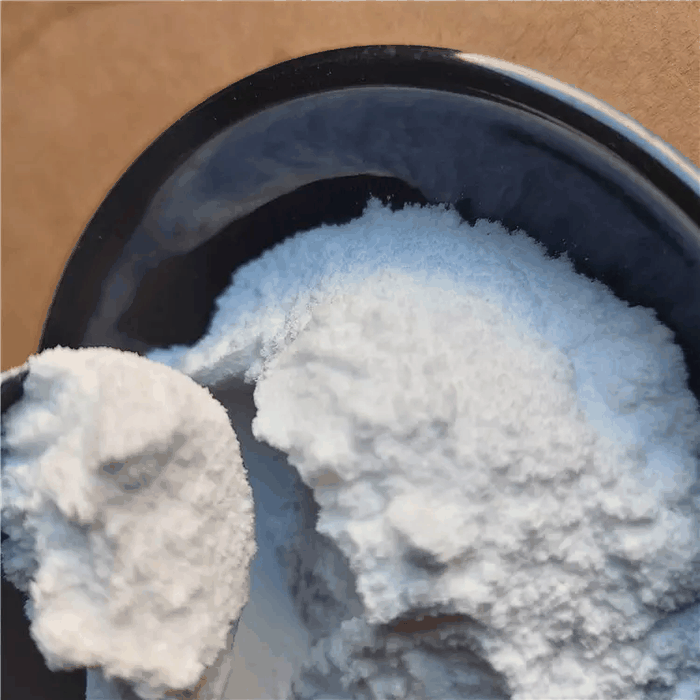 1188-38-1 Carglumic acid 98%View Details
1188-38-1 Carglumic acid 98%View Details
1188-38-1 -
 Carglumic acid 98%View Details
Carglumic acid 98%View Details -
 Carglumic acid 99%View Details
Carglumic acid 99%View Details
1188-38-1 -
 Carglumic acid 1188-38-1 98%View Details
Carglumic acid 1188-38-1 98%View Details
1188-38-1 -
 1188-38-1 Carglumic acid 98%View Details
1188-38-1 Carglumic acid 98%View Details
1188-38-1 -
 N-Carbamyl-l-glutamic acid 95% CAS 1188-38-1View Details
N-Carbamyl-l-glutamic acid 95% CAS 1188-38-1View Details
1188-38-1 -
 Carglumic Acid CAS 1188-38-1View Details
Carglumic Acid CAS 1188-38-1View Details
1188-38-1 -
 118753-70-1 98+View Details
118753-70-1 98+View Details
118753-70-1